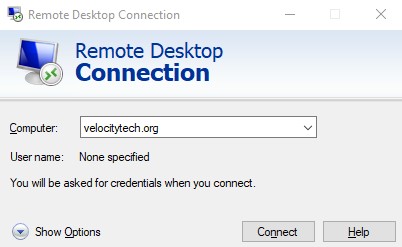Sophisticated Phishing Campaign Targets Microsoft Users
September 9, 2021How to optimize remote work
September 9, 2021The process of account recovery itself can also be undermined because it can be used to disable two-factor authentication by resetting the user’s current password by e-mail with a temporary password, allowing the user to log in by bypassing the recovery process.
Two-factor authentication adds an extra layer of security to the authentication process, making it much harder for an attacker to gain access to a device or online account if it is not enough to know the victim’s password to pass the authentication check. Two-factor authentication is used to control access to sensitive system data and online service providers use it to protect their user data from hackers who steal passwords from databases or use phishing campaigns to get user passwords. 2FA is no longer a problem, but there are security measures that make it easier to do something timely about it, such as the ability to delete devices, reset devices to a factory, disable user accounts in Active Directory and disable authentication on the two-factor system itself.
When you sign in to your online account, the simplest level of authentication requires you to log in with your password, but this is only one step toward verifying your identity. Two-factor authentication, also known as two-step verification, combine everything you know about your username and password – what you have online – such as your phone or physical security key – with what you have – such as your fingerprint or biometric data to confirm that the person is authorized login person. The best way to protect yourself against this is through two-factor or “multi-factor” authentication, where in addition to your default password you have to enter a second random generated password.
Ordinary users are unlikely to use two-factor authentication, but people working in high-security environments may need to use three-factor authentication (3FA), which involves the use of inherently correlated factors such as fingerprints or iris scans. Some technology companies, banks and other secure companies require three-pronged authentication to access online accounts. Institutions that require strict security, such as government agencies with classified information, are offered as an example of how to use multifactor authentication to go beyond 2FA.
With SFA services, the user ID and password are not particularly secure. In fact, there are more secure alternatives, but username and password remain the most common forms of user authentication. This is important because username and passwords are inherently vulnerable to attacks by third parties using programs that randomly generate them or hack into the user’s device.
Use Google Authenticator if you have access to a Binghamton System Lab computer or a shared computer and want to use your phone or tablet. You can also use your Yahoo account to create an app-specific password for apps that don’t support 2FZ. Or you can get a code via email or text from the Microsoft Authenticator app.
If someone steals or guesses your password or if you reuse a password for a service after it has been breached, the hacker will not be able to access your account, says Galperin who says activating 2FA is a no-brainer. Without 2FA, there is no immediate action when you try to log into a new device that you have not used or that you have not accessed in a long time or a new phone or laptop that has not been associated in the past with your account. Without access to your handset and unlocking your phone, you could be in trouble because most of your apps do not require you to log in every time you use your phone, and 2FA is not designed to protect you from hackers who access your device to operate it.
Device detection and analysis carried out by the bank so that you can log in every 20 minutes from anywhere in the world and are the only person doing the extra work of breaking into your account most of the time. MFA helps you protect yourself by adding an extra layer of security that makes it much harder for the bad guys to log in to you.
If your password is stolen from your phone, it is unlikely that you will get your information about the second factor. From this point of view, consumers will use 2FA when a website or app is confident enough to recognize the identity of the user to unlock the account.
Two-factor authentication (2FA) requires you to provide a second piece of information to confirm your identity besides a password. In addition to your password, a hacker needs your phone to gain access, and a token that is used as an authentication mechanism, phishing attack, malware that is activated during account recovery, or your password reset when 2FA is disabled. Since 2FA means that you must have both your username and password on your account and publish a number of login credentials online, it is in your best interest to set it up.
When you log into an online account with your username and password, you must give two bits of information and even if they do not meet 2FA criteria, they are still something you know. A second step of authentication makes it harder for hackers and thieves to break into your online accounts.
The most common authentication factor when it comes to online security is the username / password combination. However, if your credentials come from two different categories, increasing security by entering two different passwords is not considered a multifactor.
See, if you enter your password and remember it, someone can log in to you instantly and easily. The same person can see that you have entered the password, remember it and log in as you do.


